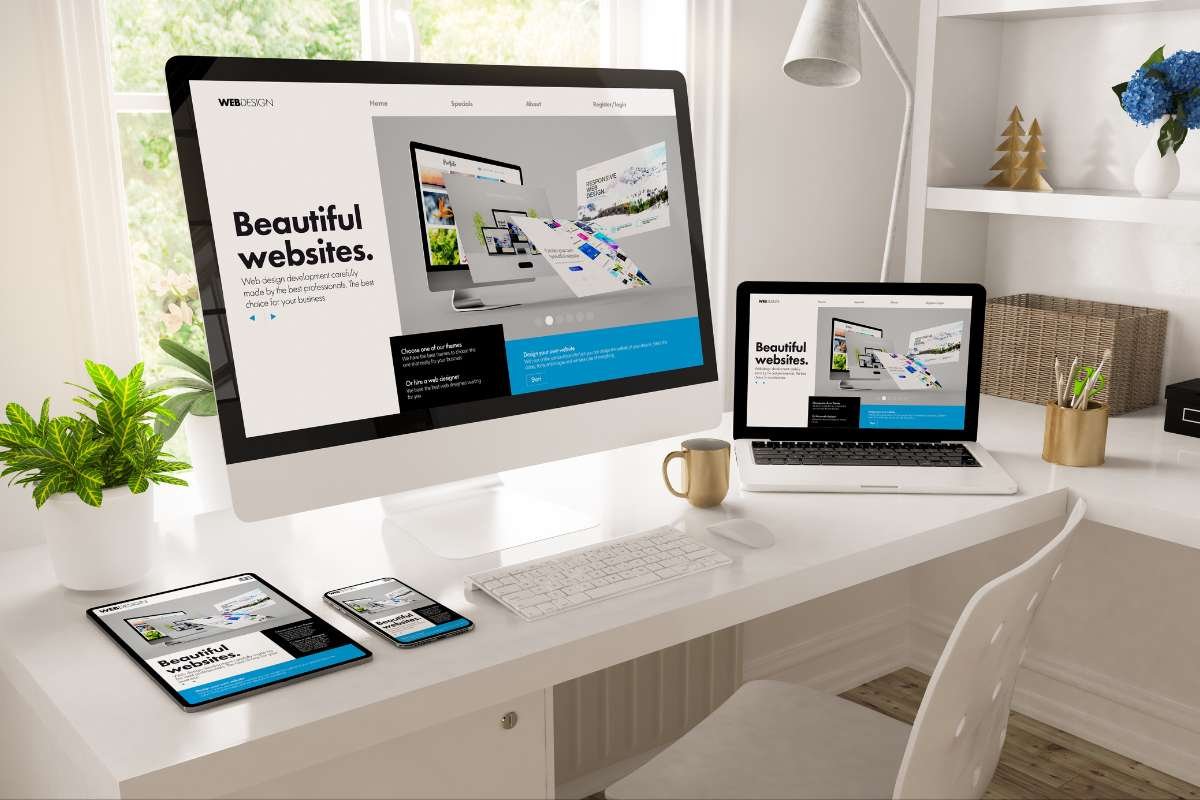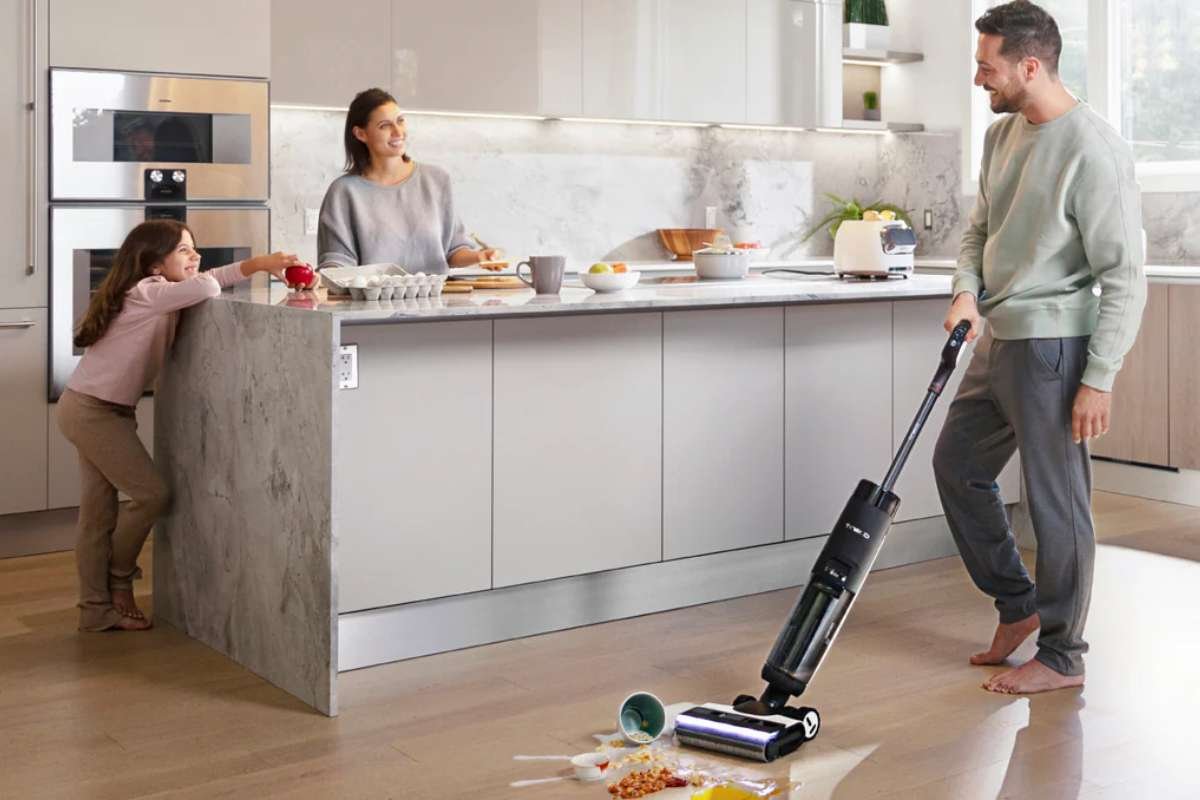Want to create a workplace that actually works for your team?
Traditional office setups are dead. With 90% of companies planning to implement return-to-work policies by the end of 2024, the pressure is on to create spaces that employees actually want to use.
The problem is most offices are stuck in the past. Rigid cubicles, fixed layouts, and one-size-fits-all solutions just don’t cut it anymore. Your team needs flexibility, and your business needs efficiency.
Here’s the good news: Modular office solutions are changing everything. These innovative systems allow you to create dynamic, adaptable workspaces that evolve with your business needs.
What you’ll discover:
- Why Traditional Offices Are Failing Modern Teams
- How Modular Office Solutions Are Revolutionizing Workspaces
- The Key Benefits of Modular Office Systems
- Essential Components of Modular Office Solutions
- How to Choose the Right Modular System for Your Business
Why Traditional Offices Are Failing Modern Teams?
Your current office setup is probably holding your team back.
Think about it – when was the last time you rearranged your workspace to accommodate a new project? Or quickly created a collaboration zone for a brainstorming session? Traditional offices make these simple changes feel like major renovations.
But here’s what’s really happening…
The data tells a clear story. Research from the International Facility Management Association shows that 68% of employees desire more flexibility in where and how they work. Your team wants options, not restrictions.
Static office layouts create bottlenecks. Teams get stuck in configurations that don’t match their work style. Collaboration suffers when you can’t easily reconfigure spaces for different activities.
And let’s talk about wasted space. Traditional offices often leave large areas underutilized while cramming teams into spaces that are too small for their needs.
How Modular Office Solutions Are Revolutionizing Workspaces?

Modular office solutions flip the script completely.
Instead of being locked into a fixed layout, you get building blocks that can be rearranged, expanded, or reconfigured whenever you need. Think of it like office furniture with superpowers.
These systems use standardized components – desks, partitions, storage units, and meeting spaces – that connect and disconnect easily. When your team grows, you add more modules. When you need to reorganize, you simply rearrange the components.
The beauty is in the flexibility. Monday morning your space could be set up for individual focus work. By Wednesday, you’ve transformed it into a collaborative hub. Friday afternoon? It’s ready for all-hands meetings.
Modern modular construction systems take this concept even further by providing complete integrated solutions that can transform entire work environments quickly and efficiently. These advanced systems allow businesses to create truly flexible spaces that adapt to changing needs without major construction disruptions.
The Key Benefits of Modular Office Systems
1. Speed That Actually Matters
Want to know something that will blow your mind? Modular projects are completed 20-50% faster than traditional construction methods.
Why? Because most of the work happens off-site in controlled factory environments. No weather delays, no coordination nightmares with multiple contractors, no surprise issues that pop up during construction.
2. Cost Efficiency That Makes Sense
Modular systems save money in three key ways:
- Reduced labor costs – Factory construction requires up to 70% fewer on-site workers
- Less material waste – Precise manufacturing means you only buy what you need
- Faster implementation – Time is money, and modular systems deliver both
3. Flexibility That Grows With You
Your business changes fast. Your office should too.
With modular solutions, you can:
- Reconfigure layouts in hours, not weeks
- Add new team members without major renovations
- Create specialized spaces for different projects
- Adapt to seasonal workload changes
4. Minimal Disruption
Remember the last time your office went through renovations? The noise, the dust, the constant interruptions to your workflow?
Modular systems eliminate most of that chaos. Since the components are built off-site, installation is quick and clean. Your team can keep working while you transform the space around them.
Essential Components of Modular Office Solutions

➤ Flexible Workstations
The heart of any modular system is the workstation. These aren’t your grandfather’s cubicles – they’re sophisticated, adjustable, and designed for today’s work styles.
Modern modular workstations include height-adjustable desks, integrated cable management, expandable storage, and removable privacy screens.
➤ Dynamic Meeting Spaces
Collaboration happens everywhere, not just in conference rooms. Modular meeting solutions let you create collaboration zones wherever you need them.
Key features include mobile meeting pods, flexible seating arrangements, integrated technology for hybrid meetings, and acoustic panels for privacy.
➤ Smart Storage and Acoustic Solutions
Storage needs change as your business evolves. Modular storage systems grow and adapt with you through stackable components, mobile units, and integrated security options.
For noise control, modular acoustic solutions include movable panels, sound-absorbing screens, and quiet zones for focused work.
How to Choose the Right Modular System for Your Business?
➣ Assess Your Current Needs
Before you buy anything, understand what you’re trying to solve. Walk through your current office and identify cramped areas, spaces needing frequent reconfiguration, teams struggling with their setup, and future growth plans.
➣ Consider Your Team’s Work Style
Different teams need different solutions. Ask yourself: How often do team members collaborate? What percentage of work requires deep focus? Do you have frequent client meetings?
➣ Plan for Growth and Budget
The best modular systems grow with your business. Look for solutions that can be easily expanded, maintain consistency as you add components, and offer long-term support.
Consider total cost of ownership including installation, maintenance, future expansion costs, and potential efficiency savings.
Maximizing Your Modular Investment
● Start Small, Think Big
You don’t need to transform your entire office overnight. Start with one area or team and expand from there.
This approach lets you test the system before making a major investment, learn what works best for your team, and spread costs over time.
● Involve Your Team
Your employees are the ones who will use the space every day. Get their input on what isn’t working in the current setup, how they prefer to work, and what would make them more productive.
● Plan for Technology Integration
Modern modular systems excel at integrating technology. Plan for power and data requirements, wireless connectivity needs, and future technology upgrades.
The Future of Flexible Workspaces

The trend toward flexibility isn’t slowing down. Current data shows that 43% of firms plan to add more flex space through 2025.
This shift represents a fundamental change in how we think about workspaces. Instead of designing offices around fixed furniture, we’re creating environments that adapt to human needs.
Modular office solutions are at the center of this transformation. They provide the flexibility that modern teams need while maintaining the efficiency that businesses require.
Wrapping Up Your Office Transformation
Modular office solutions aren’t just a trend – they’re the future of workplace design. They offer the flexibility, efficiency, and adaptability that modern businesses need to thrive.
The statistics are clear: companies that invest in flexible workspaces see improved employee satisfaction, increased productivity, and better space utilization. With most organizations planning to expand their flexible workspace options, now is the time to make the switch.
Don’t wait for your current office setup to become a bigger problem. Start exploring modular solutions today and create a workspace that truly works for your team.
The best time to transform your office was yesterday. The second best time is now.


















